“I learned that oils made from different olive varieties, or from the same varieties grown in different places, can be every bit as diverse as wine from different grape varietals: the straw-colored casaliva oil from Lake Garda was almost sweet, with hints of pine nuts and almonds, while the emerald green moraiolo from central Tuscany was so peppery that left tears in my eyes and a lovely sear at the back of mu throat” (“Extra Virginity”, byTom Mueller”)
I’m quoting this extract from the book of Tom Mueller to introduce this month topic of “Cucina Conversations”, the project I’m sharing together with other international bloggers, to spread the culture and quality of Italian food.
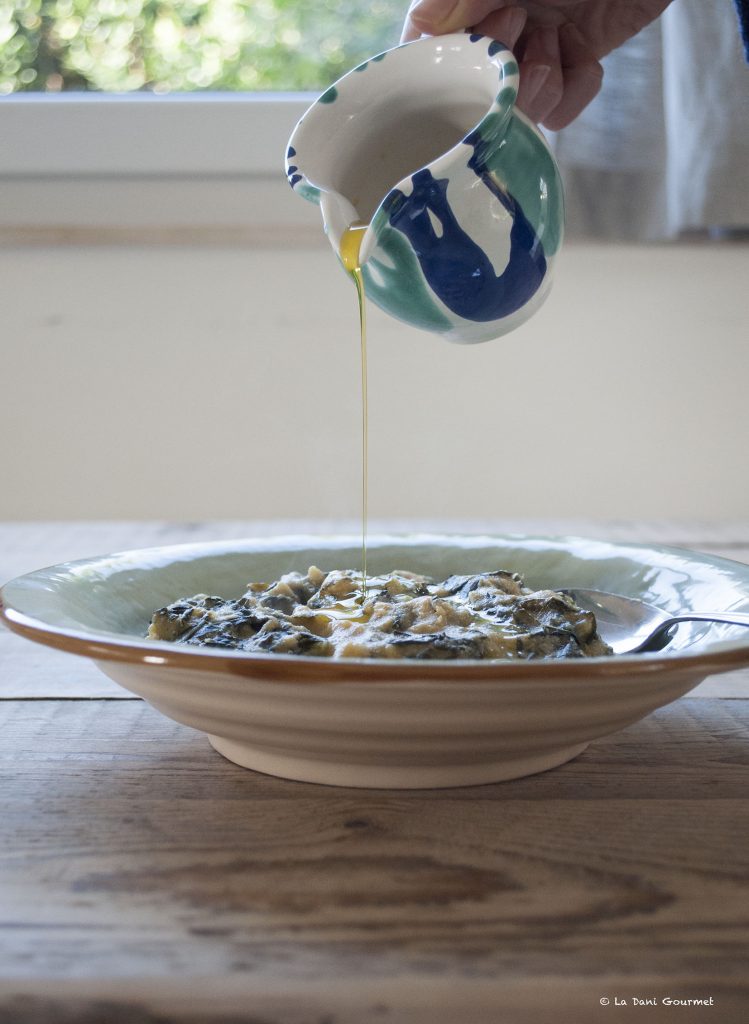
As you have already understood, this month we are speaking about extra virgin olive oil, a true Italian excellent product, which is both very appreciated, as barely known. As consumers, we have too little tools to be able to recognize a good quality extra virgin olive oil, apart from relying on our trusted producer or looking at the price.
I’m far from being an expert about this subject, but in these years I attended several events dedicated to evoo and I read some books, – among them Extra Virginity, where I took the quote – and I’m starting to understand something more about this product and its virginity.
“Bitter” and “pungent” are anything but defects. They are indicator of a high-quality extra virgin olive oil, and they’re connected to a high presence of polyphenols. Polyphenols preserve the aromas of olive, and especially they are extremely healthy. It’s also thanks to these antioxidants that quality evoo can reach a smoke point of about 210°C; so it is suitable for frying.
A good olive oil has to be cold extracted, starting from healthy olives, harvest manually, and pressed within 24 hours.
The colour isn’t a quality indicator. As the agronomist Barbara Alfei states on Teatro Naturale: “an oil is greener when richer in chlorophylls, it is more yellow when richer in carotenes. The pigments depend on the varietal, on the ripeness of olives at moment of harvesting, on the extraction system, but also on the presence or not-presence of leaves”.
When you buy a good extra virgin olive oil, pay attention to the storage: light, temperature higher than 18-20°C and oxygen are negative for oil and they interfere with colour, taste and nutrients.
Near where I live, there are two events that permit to learn a lot. Every year in February there’s Extralucca, which is an actual fair about high quality olive oils. There are tens and tens of producers from around Italy, and many talks held by agronomists, journalists and important chefs.
On a more local level, but still very interesting, Prim’olio Primo Vino is an event organised in the center of Camaiore by Cantine Angeli and Consorzio di Promozione Turistica della Versilia. This year edition will be next weekend, the 3rd and 4th of December, and it’s a good occasion to taste olio nuovo (freshly pressed olive oil) coming from the hills around Versilia.
Right in this festival, as in other festivals of this period, it’s possible to taste farina di cavolo nero, locally called also incavolata or intruglia. It’s a dish of cucina povera, and it’s made simply from Tuscan kale, good extra virgin olive oil and polenta flour. Frequently there are also beans, borlotti or black-eyed beans. A nutrient and tasty dish that you can share with friends of any kind of diets, as gluten-free and vegan.
Here below a simple and rather quick recipe of this dish.
If you want to discover more info and recipes about extra virgin olive oil, head to the other posts of Cucina Conversations:
- Melanzane sott’olio, by Carmen
- Tapenade di olive, by Lisa
- Cannellini all’olio, by Flavia
- Bruschette e olio d’oliva, by Marialuisa
- Cicoria ripassata alla romana, by Francesca
- Bagna cauda, by Rosemarie
FARINATA DI CAVOLO NERO WITH OLIO NUOVO
ingredients for two people:
a shallot
a garlic clove
evoo
salt and pepper
a bunch of Tuscan Kale (about 300 g)
1/2 tablespoon of tomato paste
1 l boiling water
140 g of polenta flour (I chose the Marano varietal)
1. Carefully wash the Tuscan kale, and remove the hardest stem at the base. Chop the leaves in slices and keep them apart.
2. Thinly cut a shallot and put it in a pot together with the garlic clove, previously lightly crushed under the flat of a knife, and be generous with extra virgin olive oil.
3. Let garlic and shallot cook for some minutes and then add the Tuscan kale. Let it sauté for five minutes and then add the tomato paste. Let it cook at medium heat for extra five minutes and season with salt and pepper.
4. Remove the garlic and add a liter of boiling water and let everything cook for at least 30-40 minuti, until the Tuscan kale is soft.
5. Now, slowly pour the polenta flour. Let it cook for at least thirty minutes, stirring from time to time.
6. If you want a very soft polenta, you can add extra hot water.
7. Serve it warm with a drizzle of a good Tuscan extra virgin olive oil.
Enjoy!
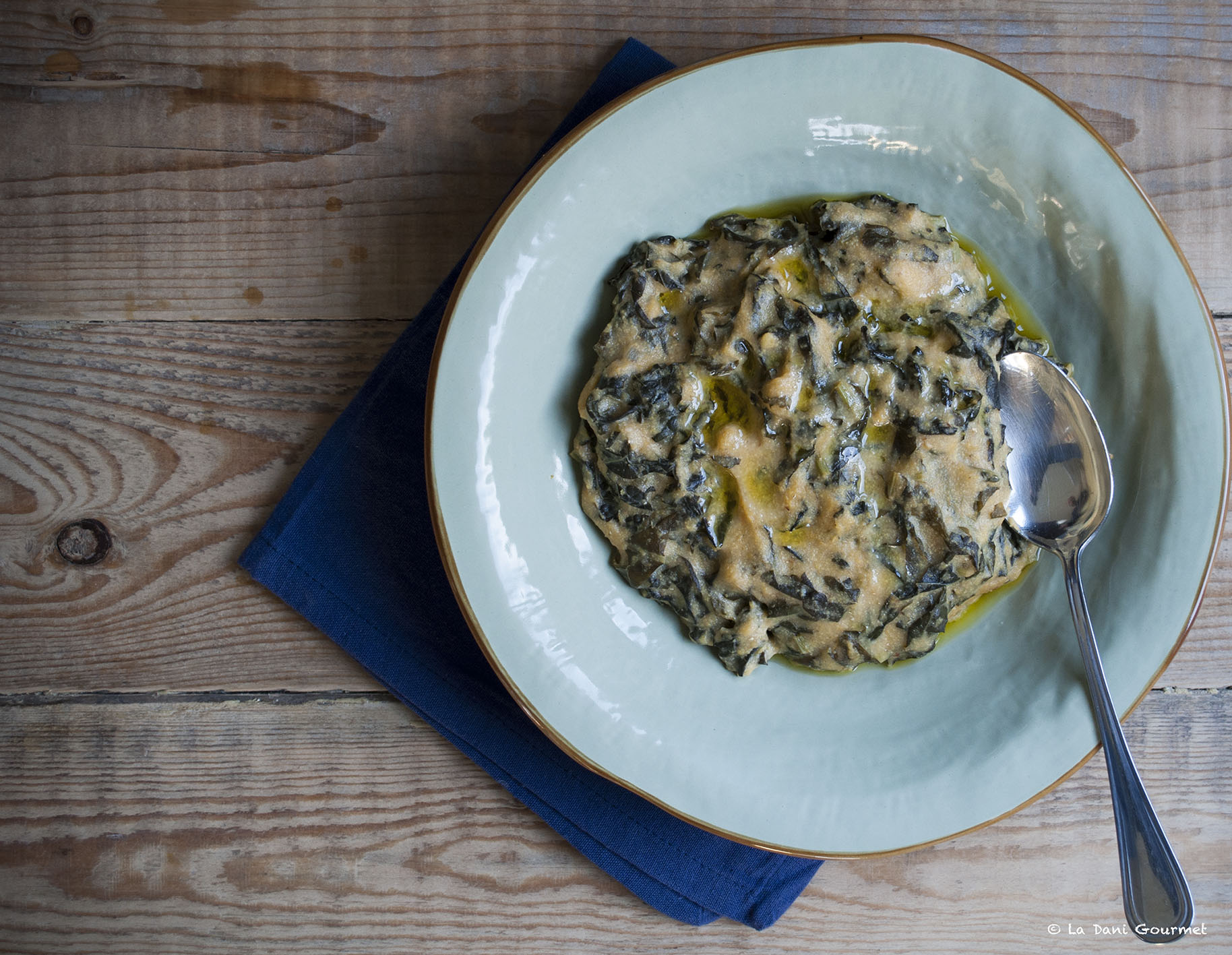




 Based on 0 Review(s)
Based on 0 Review(s)This post is also available in: Italian

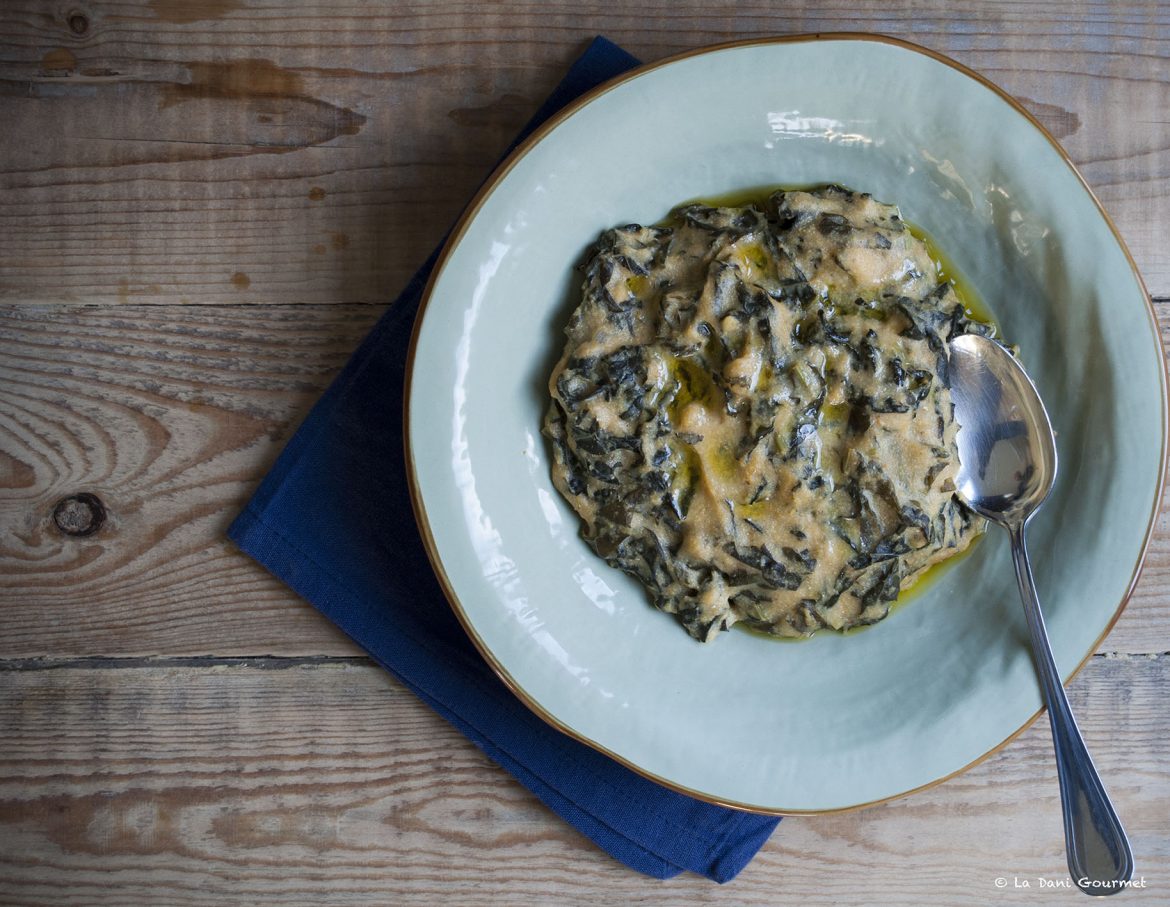
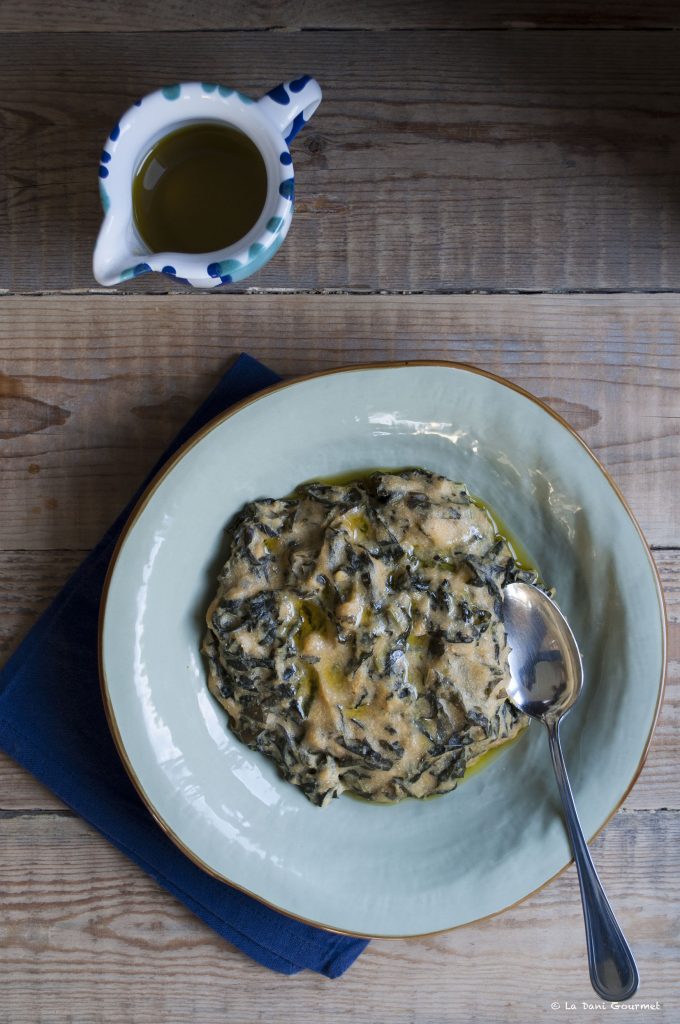

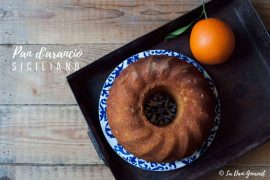

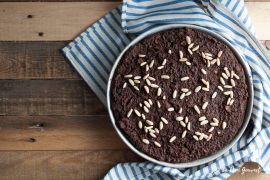
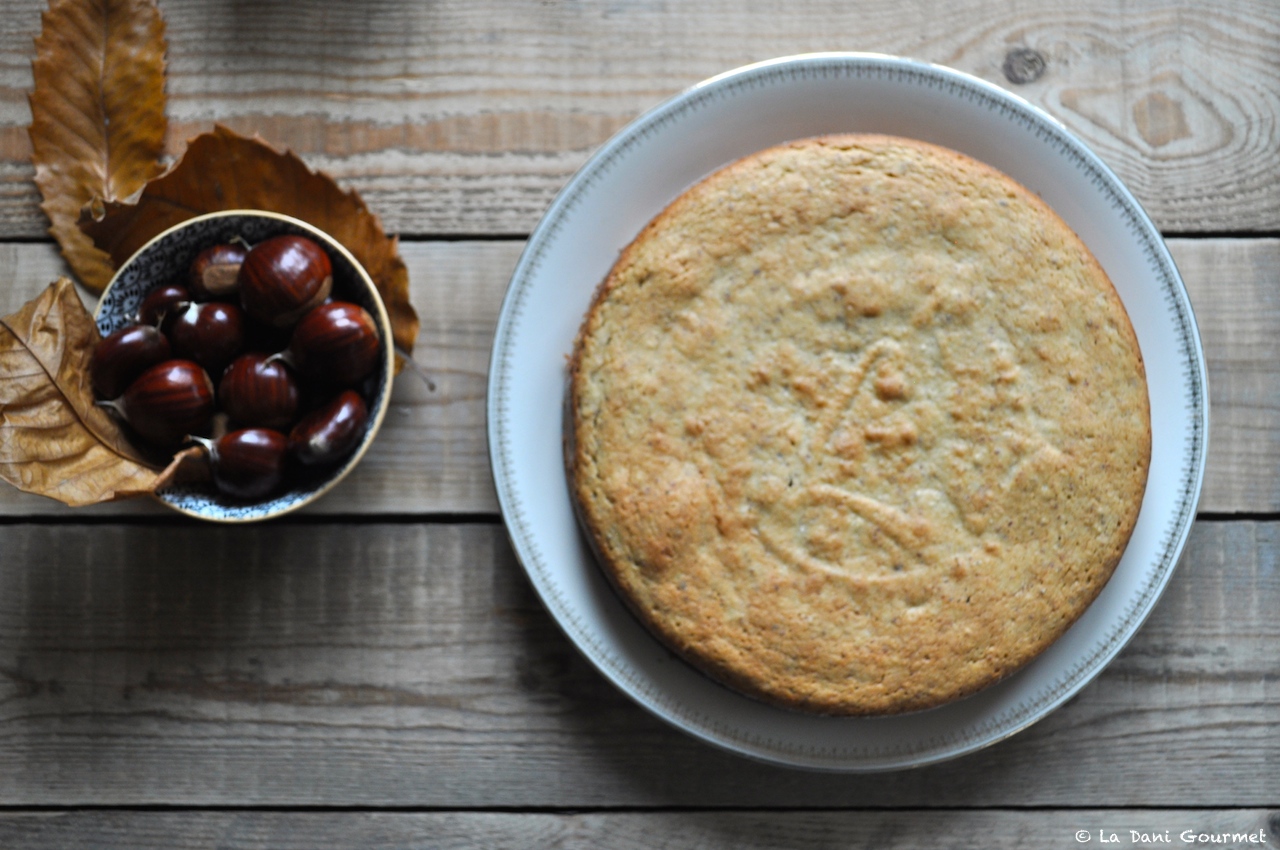
How delicious! I am new to the delights of kale, and am glad to find a recipe with kale and polenta as I also love polenta! It’s really interesting also to read about the olive oil quality, especially about the fact that the colour is not a measure of its quality.
Tuscan kale is a favourite during winter. It has a lovely flavour, and it marries so well with good olive oil. I learnt a lot about oil, reading the book “Extra Virginity”. I really suggest this read!
A lovely recipe for the winter months and interesting read about EVO. There is so much to learn about olive oil and it would be wonderful to attend these events. This would have to be the best time of year to travel to Italy.
Thank you, Carmen! It would be lovely if you could come, and we could meet one day. xx
I didn’t know about this dish at or about the olive oil festivals held in your part of Italy. It’s too late for me to go this weekend but I’m very interested in Extralucca next February. Thanks once again for this information and if I see good kale at the market next week, I’ll give this a go!
Tuscan kale and good extra virgin olive oil are staples in wintertime in this area. Extralucca is absolutely interesting, and it’s a good occasion also to taste different oil coming from different parts of Italy. Moreover, Lucca is so charming!